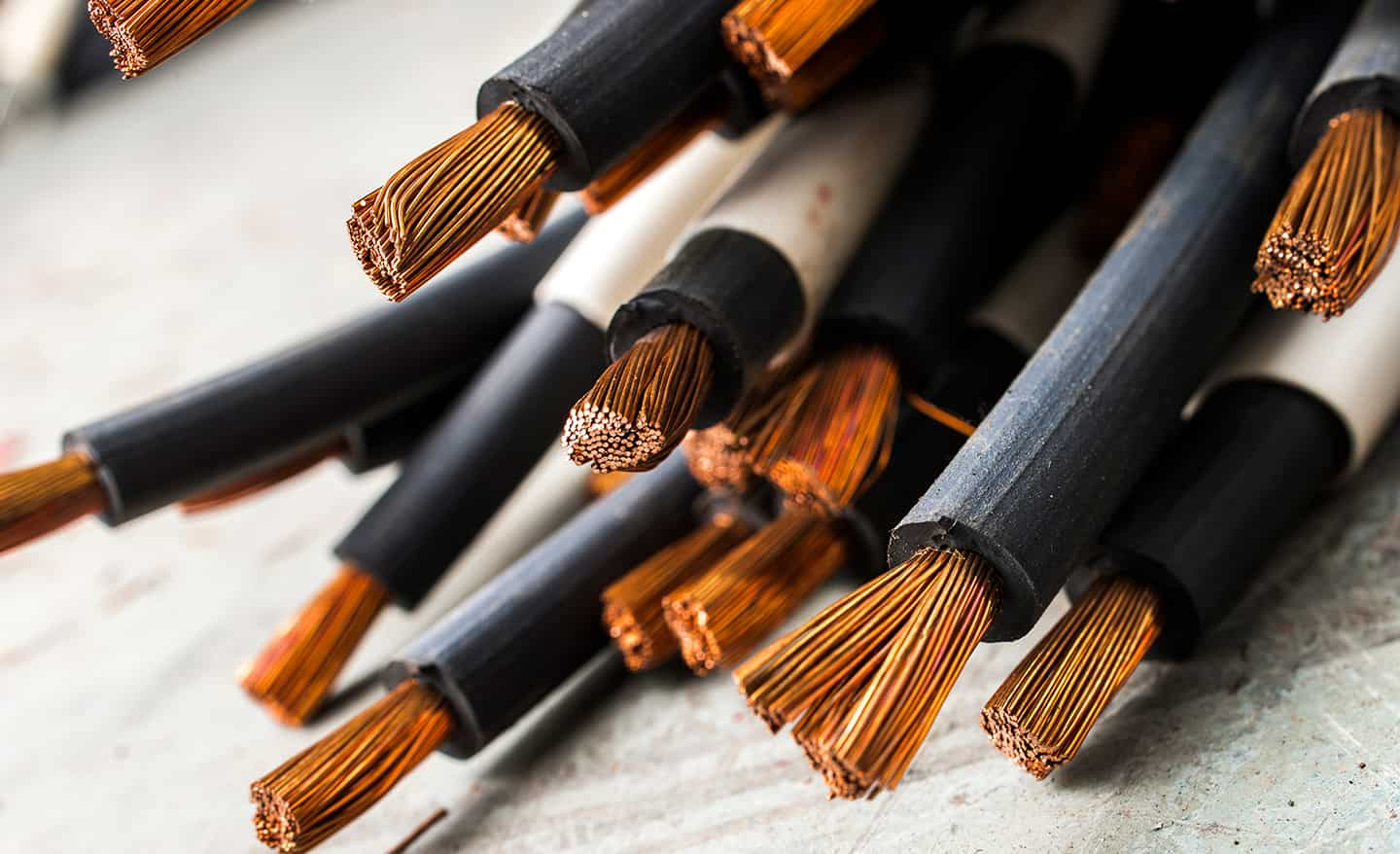In the world of electrical engineering and telecommunications, cable wires play a crucial role in transmitting power, data, and signals. The diversity of cable wires is vast, with each type designed to meet specific requirements and applications. Understanding the different types of cable wires is essential for selecting the most suitable option for a particular project. In this article, we will delve into the various types of cable wires, their unique characteristics, and their applications.
- Coaxial Cable
Coaxial cables are commonly used for transmitting high-frequency signals such as those for cable television, internet connectivity, and radio frequency applications. They consist of a central conductor, an insulating layer, a metallic shield, and an outer insulating layer. The design of coaxial cables minimizes signal interference and loss, making them ideal for long-distance signal transmission. - Twisted Pair Cable
Twisted pair cables are widely used in Ethernet networks and telecommunications systems. They consist of pairs of insulated copper wires twisted together to reduce electromagnetic interference. Twisted pair cables come in two main categories: unshielded twisted pair (UTP) and shielded twisted pair (STP), each offering different levels of protection against external interference. - Fiber Optic Cable
Fiber optic cables transmit data using light pulses through optical fibers made of glass or plastic. They are known for their high bandwidth, low signal loss, and immunity to electromagnetic interference. Fiber optic cables are essential for long-distance communication, high-speed internet, and telecommunication networks. - Power Cable
Power cables are designed for transmitting electrical power. They come in various configurations, including single-core and multi-core cables, and are used in a wide range of applications such as industrial machinery, power distribution, and building wiring. - Ribbon Cable
Ribbon cables consist of multiple insulated wires running parallel to each other and are commonly used for internal computer and electronic connections. Their flat, ribbon-like structure makes them suitable for applications where space is limited, such as within electronic devices and appliances. - Submarine Cable
Submarine cables are specifically designed for underwater communication and power transmission. They are engineered to withstand harsh environmental conditions, including pressure, temperature variations, and corrosion, making them essential for intercontinental communication and offshore energy projects. - Control Cable
Control cables are used for transmitting control signals in industrial automation and machinery. They are designed to withstand mechanical stress and provide reliable signal transmission in harsh industrial environments.
Understanding the diverse range of cable wires and their applications is crucial for engineers, technicians, and professionals working in the fields of electrical engineering, telecommunications, and networking. By selecting the right type of cable wire for a specific application, optimal performance, reliability, and safety can be achieved.
In conclusion, the world of cable wires is rich and diverse, offering a wide array of options to meet the demands of modern technology and infrastructure. From coaxial cables for high-frequency signals to fiber optic cables for high-speed data transmission, each type of cable wire serves a unique purpose in the interconnected world we live in.

